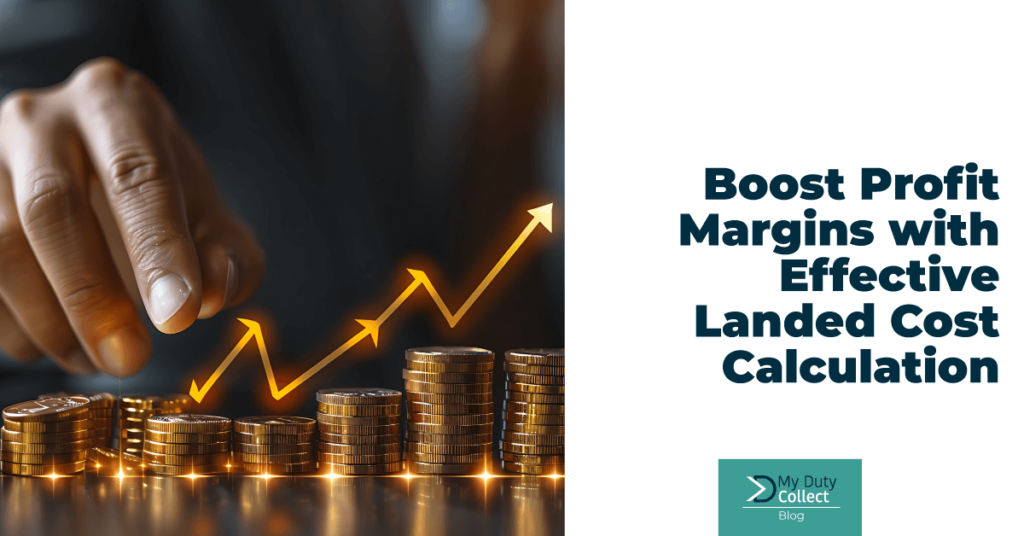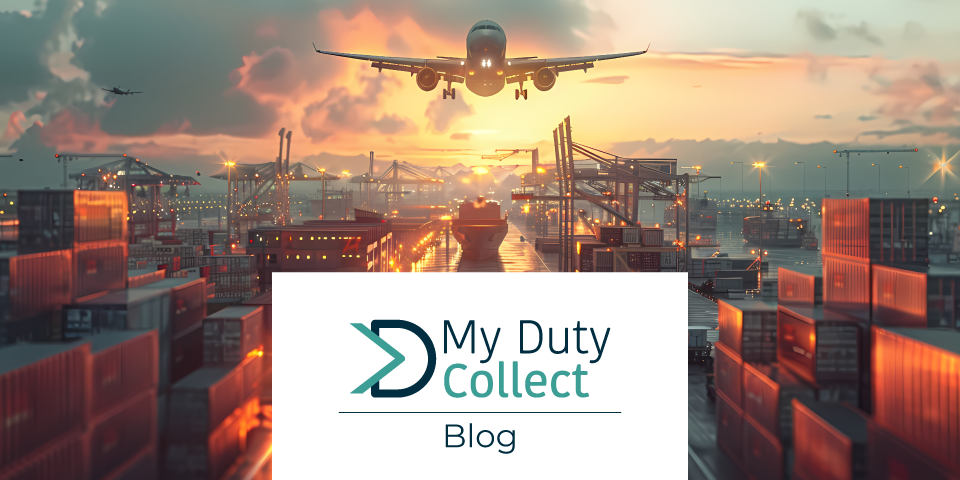In today’s global marketplace, businesses are under constant pressure to remain competitive while maintaining healthy profit margins. One critical factor that often gets overlooked but plays a significant role in this balancing act is the accurate calculation of landed costs. Understanding and managing effective landed cost calculation can be the difference between a product that thrives in the market and one that drains a company’s resources.
–
READ MORE: Get to Know our Landed Cost Calculation Engine
–
What is Landed Cost?
Landed cost refers to the total price of a product once it has arrived at the buyer’s doorstep. It includes the original price of the product, plus all costs associated with bringing it to the final destination. This includes freight, insurance, customs duties, taxes, handling fees, and any other charges incurred during shipping and handling.
Why Accurate Landed Cost Calculation Matters
Accurate landed cost calculation is crucial for several reasons:
- Competitive Pricing: To price products competitively, businesses need a precise understanding of all costs involved in delivering their products to customers. Underestimating these costs can lead to underpricing, which erodes profit margins. Overestimating them can result in overpriced products that struggle to compete in the market.
- Profit Margin Protection: Businesses must ensure that their selling prices cover all costs while still leaving room for a healthy profit margin. Without an accurate landed cost calculation, a company might unknowingly sell products at a loss.
- Improved Decision-Making: When companies have a clear picture of their landed costs, they can make more informed decisions about sourcing, pricing, and logistics. This can lead to more strategic partnerships, better supplier negotiations, and optimized shipping routes—all contributing to a stronger bottom line.
- Compliance and Risk Management: Failing to accurately account for duties, taxes, and other fees can result in compliance issues and unexpected costs. By ensuring that all landed costs are calculated and accounted for, companies can avoid these risks and ensure smooth operations.
How to Calculate Landed Cost Effectively
Calculating landed cost involves several steps:
- Product Cost: Start with the base cost of the product.
- Shipping and Handling Fees: Add the cost of shipping, which includes freight charges, fuel surcharges, and any handling fees.
- Customs Duties and Taxes: Include any import duties, VAT, or GST that may apply.
- Insurance: Factor in the cost of insuring the goods during transit.
- Additional Fees: Consider any other costs, such as port charges, warehousing fees, or broker fees.
The total of these costs gives you the landed cost, which is the true cost of getting your product into the hands of your customers.
The Role of Technology in Landed Cost Calculation
In the digital age, manually calculating landed costs is not only time-consuming but also prone to errors. This is where technology comes into play. Advanced software solutions can automate the calculation process, ensuring accuracy and saving valuable time. These tools can also integrate with other systems like inventory management and ERP software, providing a comprehensive view of costs and profitability.

Take Control of Your Profit Margins with MyDutyCollect
Accurate landed cost calculation is a vital part of maintaining profitability and staying competitive in the global market. MyDutyCollect offers a reliable solution for businesses looking to simplify and perfect this process. With our advanced landed cost calculation services, you can ensure that all costs are accounted for, enabling you to price your products competitively while protecting your profit margins.
Don’t leave your profitability to chance—partner with MyDutyCollect to streamline your landed cost calculations and take control of your bottom line. Visit our website to learn more and start optimizing your business today.
Subscribe to our blog and visit our website and LinkedIn page for more updates. You can also reach out to us by sending a message to info@mydutycollect.com. We will be delighted to hear from you.




